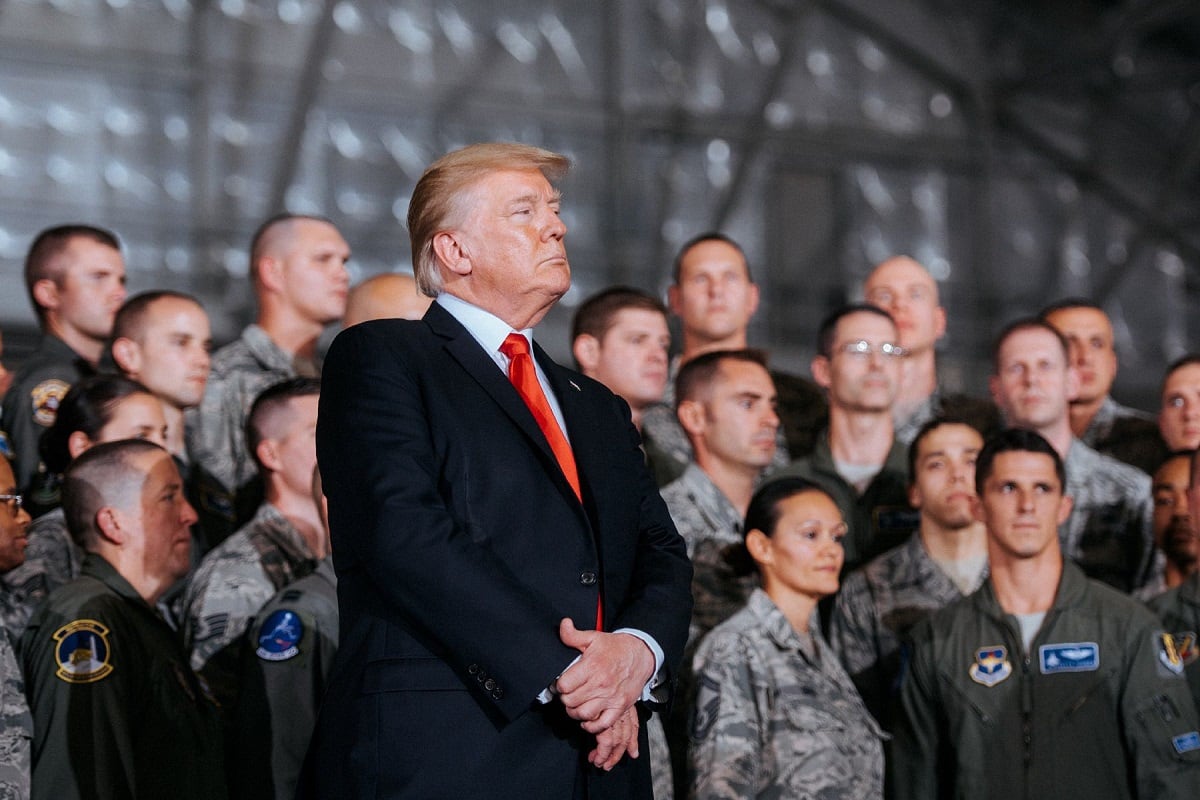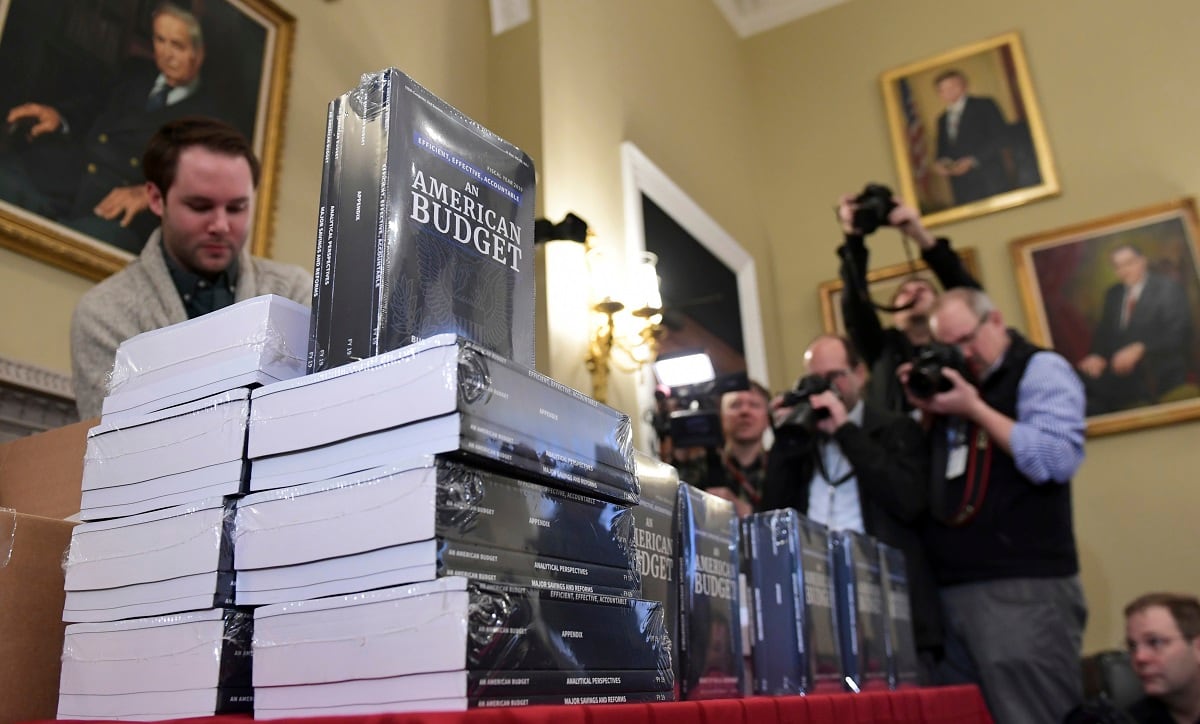WASHINGTON — President Donald Trump’s fiscal 2019 budget proposal includes another increase for the Department of Veterans Affairs but also the return of a controversial proposal to round-down cost-of-living increases for veterans benefits.
The $198.6 billion budget plan for next year comes as lawmakers are still working to finalize VA spending for the current fiscal year. That is expected to land in the $186 billion range, putting the proposed increase in VA funds at around 6 percent.
But it’s more than 8 percent higher than the administration’s target for discretionary spending in fiscal 2018, a substantial increase in support and outreach spending. The discretionary budget plan is nearly $89 billion, money department officials said will be used “to implement reforms that will modernize VA and rebuild the full trust of veterans.”
If approved, the increase would mark yet another significant funding boost for the department amid an era of fiscal restraint in federal spending. When the war in Afghanistan began in fiscal 2001, the VA budget totaled less than $49 billion. In fiscal 2009, it was $93.7 billion, less than half the new Trump proposal.
RELATED

While the continued increases are likely to excite veterans advocates, the inclusion of the COLA round-down won’t. The proposal was offered by the White House last year and has been debated in past administrations, with veterans groups strongly criticizing the idea.
The move would reduce annual increases in veterans payouts to the nearest whole dollar, a move that administration officials argued has only a minimal impact, estimated at no more than $12 per year on individual veterans. It would save $34 million next year and $2.3 billion over the next decade.
But advocates have argued it unfairly pulls away money owed to veterans to pay for their other deserved benefits. In this case, the administration plan would redirect the money to partially offset costs of new veterans community care programs.

Administration officials have also proposed as VA cost-savings measures lowering the threshold for some medical evaluations (eliminating up to 180,000 medical exams a year), and simplifying disability compensation net-worth calculations. The moves together are expected to save $1.2 billion over the next decade.
A plan to cap GI Bill tuition payments for flight training at public schools would save another $230 million over the next five years.
The budget plan also includes an extension of VA vocational rehabilitation services from 18 to 24 months as part of reforms to that program. The new services will add about $72 million in costs in fiscal 2019 but save the department $206 million over 10 years.
The budget plan includes increases over last year’s budget request to support services for homeless and at-risk veterans ($1.8 billion), medical and prosthetic research ($727 million), and gender-specific health-care services for women ($511 million).
About $1.2 billion would be set aside for electronic health record modernization, one of VA Secretary David Shulkin’s long-term priorities for the department. Another $381 million would be allotted to programs “to reduce over-reliance on opioids for pain management.”
Administration officials also included $1.9 billion more for the Veterans Choice Program for fiscal 2019, even though lawmakers hope to have a replacement for that program later this spring. Another $500 million is set aside for transition work from that outside health care program to the new community care system.
Leo covers Congress, Veterans Affairs and the White House for Military Times. He has covered Washington, D.C. since 2004, focusing on military personnel and veterans policies. His work has earned numerous honors, including a 2009 Polk award, a 2010 National Headliner Award, the IAVA Leadership in Journalism award and the VFW News Media award.





